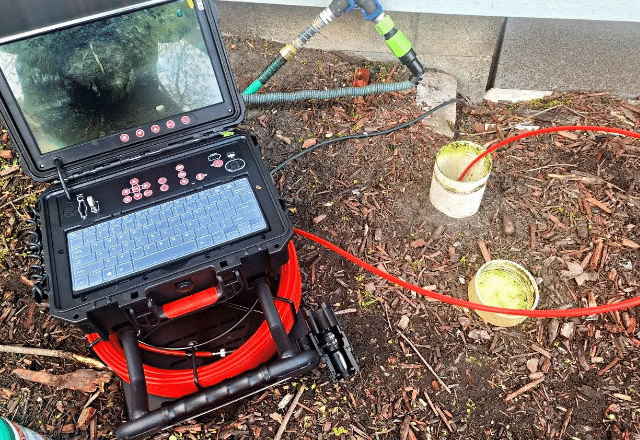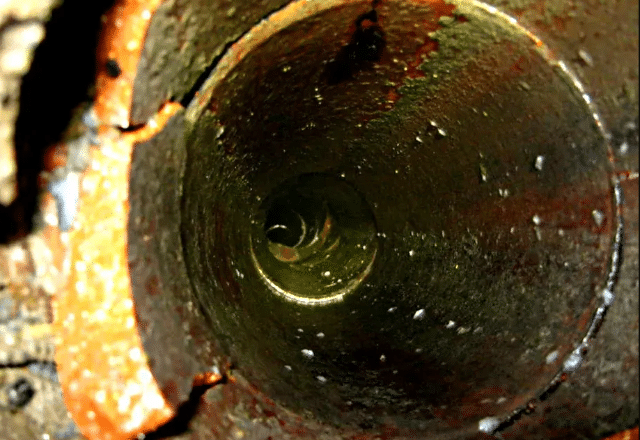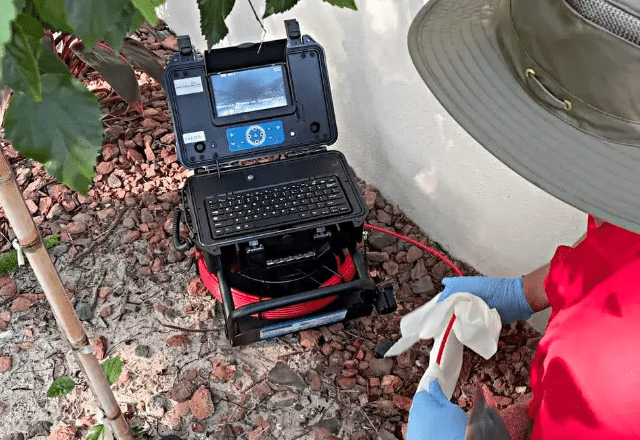
Sewer lines (SL) play a critical role in maintaining a hygienic and functional plumbing system within properties. However, over time, various issues like clogs, damages, or structural wear can affect these vital pipelines. To address these concerns, sewer line inspections have become an indispensable tool for homeowners and property managers. Utilizing innovative technology such as specialized sewer video cameras, these inspections enable precise diagnosis and identification of potential problems within the sewer system.
Amid the complexities of sewer line maintenance, understanding the necessity of these inspections and their role in preempting costly repairs and replacements is paramount. Let’s delve deeper into the world of SL inspections, exploring their significance and the insights they provide for ensuring the optimal functionality of these essential infrastructures.

Sewer lines are crucial components of a property’s plumbing system responsible for carrying wastewater away from the premises. Over time, various factors such as tree roots, aging pipes, ground shifting, or foreign objects can cause damage, leading to blockages, leaks, or structural issues. Regular SL inspections are vital to detect these problems early, preventing costly repairs, health hazards, and ensuring the proper functioning of the sewer system.
Sewer lines commonly face issues like blockages due to tree roots, grease build-up, or debris accumulation, leading to slow drains or backups. Aging pipes can deteriorate, resulting in cracks, leaks, or collapse, causing sewage leaks into the surrounding soil. Additionally, shifting soil or ground settling can cause misalignments or bellied pipes, impeding proper wastewater flow.

A sewer line inspection involves a comprehensive assessment of the sewer system’s condition using specialized equipment, such as sewer video cameras. This inspection method allows for a detailed examination of the interior of sewer pipes, identifying potential issues like cracks, corrosion, blockages, or root intrusions. Professionals conduct inspections to evaluate the overall health and functionality of the sewer lines.
A sewer camera inspection utilizes advanced video technology, employing a special sewer camera that navigates through the sewer pipes. This camera captures high-definition footage, providing a real-time view of the pipes’ interior. It helps identify blockages, damages, or structural issues, offering precise location details and insights to plan necessary repairs or maintenance.

During a standard home inspection, lines might not be thoroughly inspected. Typically, a general home inspection assesses visible plumbing fixtures, but it might not include a detailed examination of the sewer system. Therefore, for a comprehensive evaluation of the SL, a specialized sewer scope inspection is recommended.
A video sewer line inspection service involves inserting a specialized camera into the sewer pipes to capture footage of the interior. This process enables professionals to detect issues like cracks, root intrusions, blockages, or damages without invasive procedures. The recorded video aids in determining the sewer line’s condition and planning necessary repairs.

The cost of a sewer scope inspection varies based on several factors, including the property’s size, the extent of inspection needed, accessibility, and the region. On average, a SL inspection may range from a few hundred to several hundred dollars. However, it can potentially save thousands of dollars by detecting issues early and preventing extensive damages.

Sewer lines can sustain damage due to various reasons such as tree root intrusion, aging pipes, ground shifting, corrosion, or poor maintenance. These factors can result in cracks, leaks, blockages, or collapses, compromising the sewer system’s functionality and leading to costly repairs if left unattended.
In conclusion, the comprehensive assessment provided by sewer line inspections is instrumental in preserving the integrity and functionality of residential sewer systems. From identifying minor clogs to pinpointing significant structural damage, these inspections performed by certified sewer line inspectors or plumbing professionals equipped with specialized sewer video cameras ensure a thorough evaluation of the sewer lines.
By detecting issues early on, property owners can mitigate the risk of expensive repairs, avoid disruptions caused by sewer line clogs or damages, and maintain the efficiency of their entire sewer system, whether it’s a private, community, or city sewer. Embracing proactive sewer inspections not only safeguards against costly repairs but also contributes to ensuring a clean and smoothly running sewer system.
In essence, SL inspections conducted by reputable plumbing companies equipped with advanced tools like special sewer video cameras serve as essential preventive measures, empowering property owners with insights to make informed decisions about sewer repairs or replacements. Regular assessments of SL are the cornerstone of preserving these crucial infrastructures, guaranteeing the continuous flow and efficiency of sewer water within residential areas.

What warning signs suggest potential sewer line issues?
Warning signs indicating possible SL problems include frequent clogs in multiple drains, foul odors emanating from drains, slow drainage, and gurgling noises coming from toilets or drains. These signs often hint at underlying issues like pipe damage or blockages within the sewer system.
How do plumbing snakes help in assessing sewer drains?
Plumbing snakes, also known as drain snakes or augers, are valuable tools used by professionals to clear obstructions within sewer drains. They help in identifying and addressing issues like pipe damage or clogs. These tools can navigate through the sewer drains, giving insights into the blockage’s location or the condition of the pipes.
What health issues can arise from neglected sewer line problems?
Neglected SL issues, such as pipe damage or sewage leaks, pose health hazards. Exposure to harmful gases, pathogens, or mold spores from sewer backups can lead to respiratory issues, infections, or allergic reactions. Additionally, untreated sewage leaks can contaminate water sources, heightening the risk of waterborne diseases and environmental contamination. Regular inspections mitigate these health risks by addressing problems early and ensuring a clean sewer system.
I bring over 9 years of dedicated plumbing experience to the table. As a seasoned professional in the plumbing industry, I've tackled a wide range of projects, from residential repairs to large-scale commercial installations.

